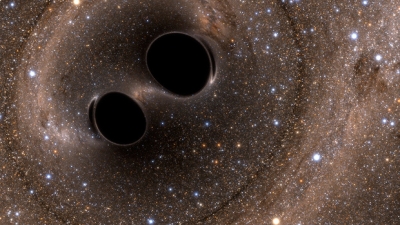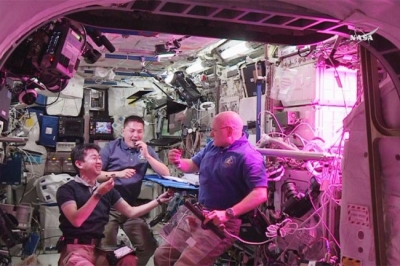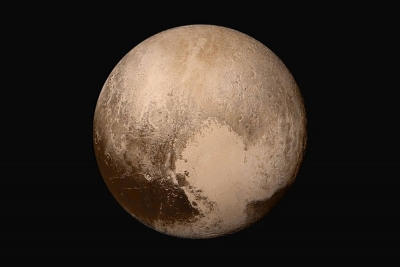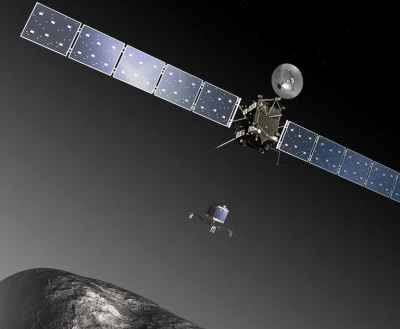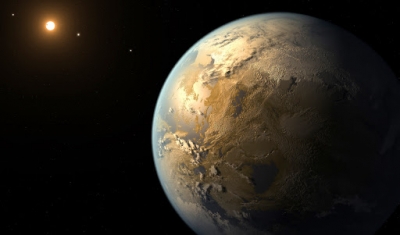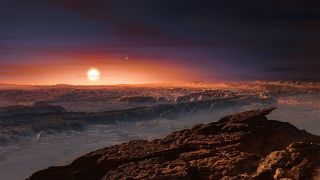
On August 24, 2016, Astronomers announced the detection of Proxima b, an Earth-sized exoplanet in the habitable zone of the red dwarf star Proxima Centauri, the closest star to the Sun. The planet, called Proxima b, is rocky and might be warm enough to host liquid water, and thus be habitable. Proxima Centauri is 4.25 light years from Earth and likely to be 30% more massive than Earth. Proxima Centauri is a small, red dwarf star and shines much less fiercely than the Sun.
Despite its proximity, scientists still know very little about Proxima Centauri’s planetary companion, besides that its mass is at least 1.3 times that of Earth and that it goes around its parent star every 11 days. Therefore, Del Genio and his colleagues had to make some reasonable guesses about the exoplanet Proxima Centauri b — namely, that it had an atmosphere and an ocean on its surface — for their work to proceed.
Picture Credit : Google

